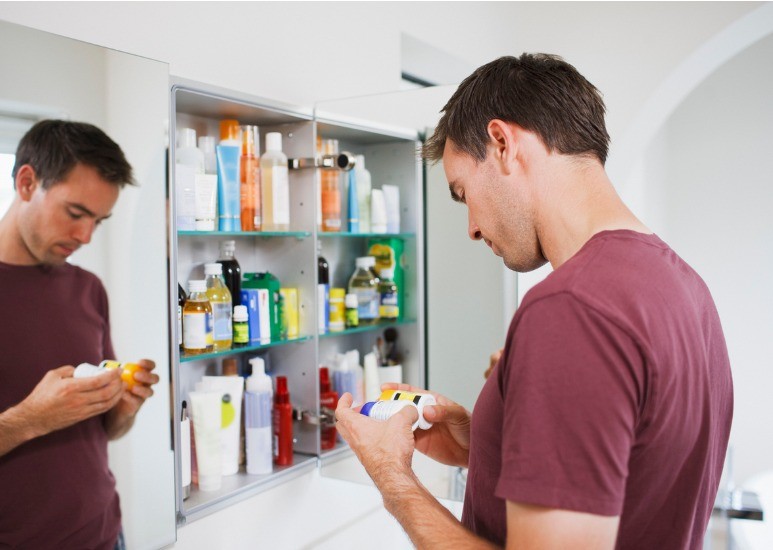It can be hard to stay objective about opioid addiction when it’s all over the news. It’s easy to get upset or angry when you’re worried about the health of your neighbors and your community. Here’s some perspective from Kim Sharp, BSN, RN-BC & Director of Pain Management, to help you keep your frustration on the addiction, and not the people who are addicted.
Blame the Disease, Not the Victims
First and foremost, remember that opioid addiction is a disease of the brain. It’s a chemical imbalance that affects many members of our community. Sharp explains, “Addiction occurs when substances like alcohol and drugs are used and cause a release in dopamine. Dopamine makes us feel good but overtime our brain produces less of it so it takes more and more of the drug to make us feel good." It's easy for your body to become dependent or reliant on the medication. This effects your ability to exert self-control as well. The impairment in self-control is the hallmark sign of addiction.
It’s also important to remember that there’s a time and place for opioids. They’re a useful tool in chronic pain management after someone has suffered an accident or gone through surgery. They can be useful in the management of chronic pain when all other treatment options have been tried. In any circumstance the key is whether the opioid is helping you improve your function. The stigma around opioids might make someone nervous to ask their doctor about them, even if they could do a lot of good when used responsibly. When we all approach opioid addiction from a place of empathy, we can get to the roots of the disease without putting our neighbors at risk.
Understand the Risk Factors
Opioid addiction can happen to anyone, but certain factors make some people more likely to develop an addiction than others. Family history does play a part. If your parents or siblings struggle with substance abuse, you’re four times more likely to develop an addiction.
“Our youth are most at risk for addiction,” explains Sharp. Those who have been exposed to opioids at age 15 or younger are five times more at risk for addiction than others. For example, if you had a surgery as a kid or teen you might not have known how much medication was too much. Sharp recommends parents monitor all pain medication, even in older teens and young adults.
All of this is to say that there are people who are predisposed to addiction. Becoming addicted doesn’t say anything about their character — it just says they may need some extra help in using medications safely.
Dispose of Opioids Responsibly
Being responsible with opioids means knowing how to use them properly — and how to get rid of them properly. Leaving leftover medications in your medicine cabinet puts your loved ones at risk. They might get used incorrectly on accident, or abused by a teen who’s curious. Sharp says, “When you remove drugs from your house you remove the risk that a family member uses them the wrong way.”
Keep an eye on the paper or online for drug take-back days, or call your local police station or pharmacy to see if they have drop-off boxes. There are even products available at the pharmacy for purchase where your old medications will get mixed in and the addictive ingredients become deactivated, so they can be safely disposed of in your trash.
If you have old medicine laying around the house, take a step against opioid abuse. Find a drop-off box near you.
